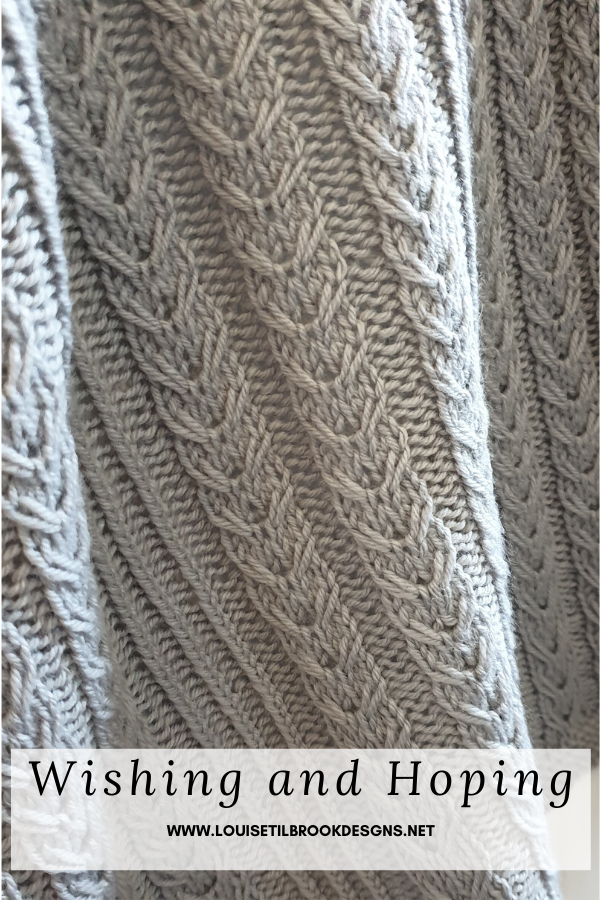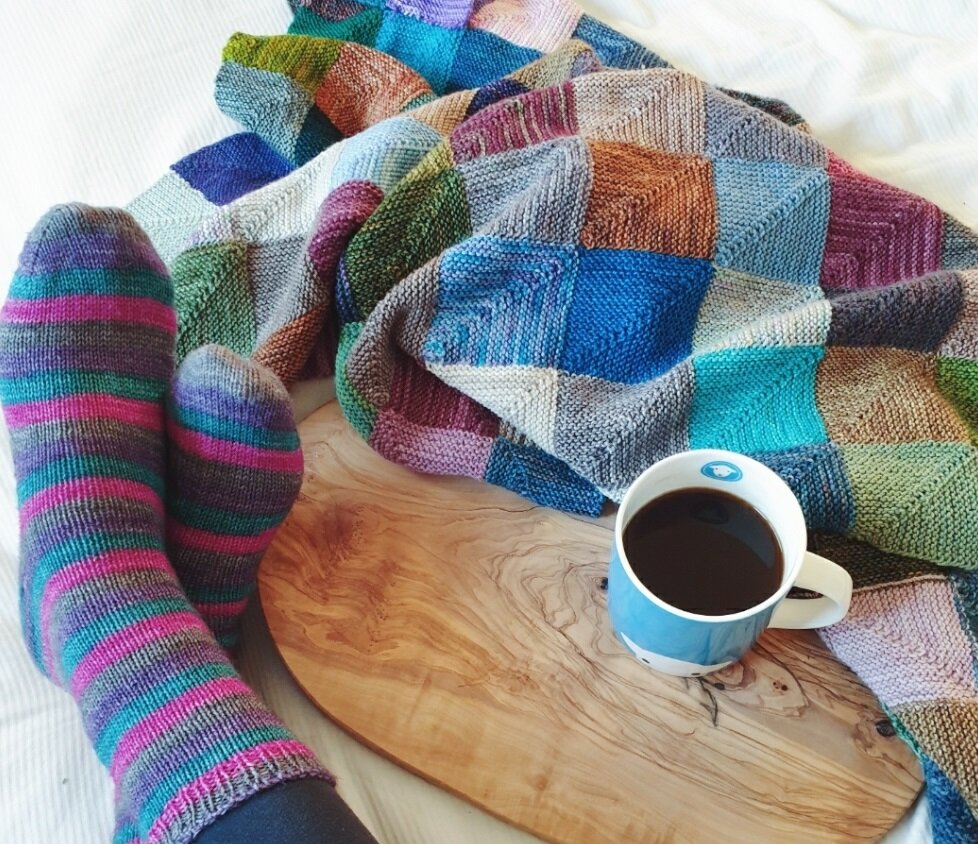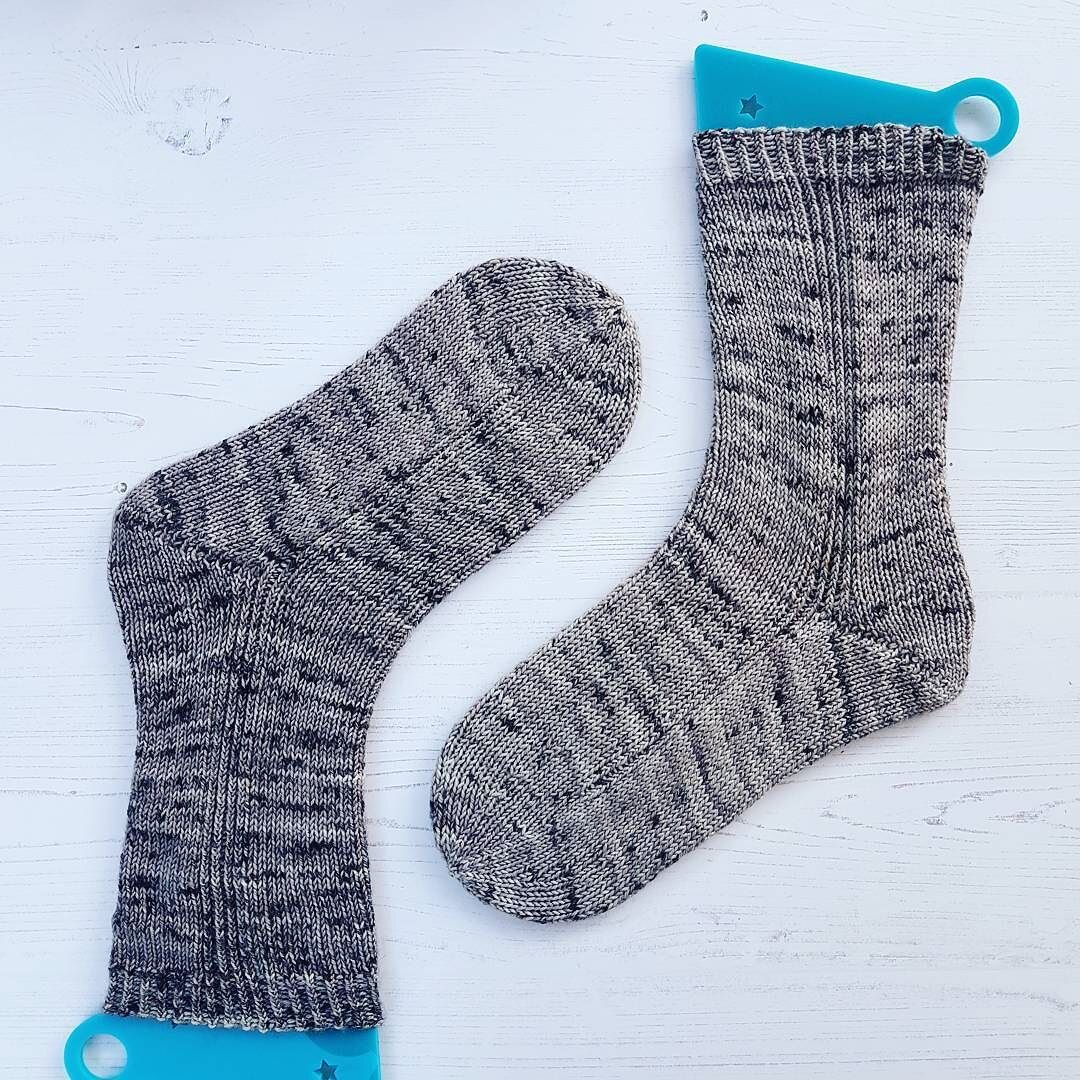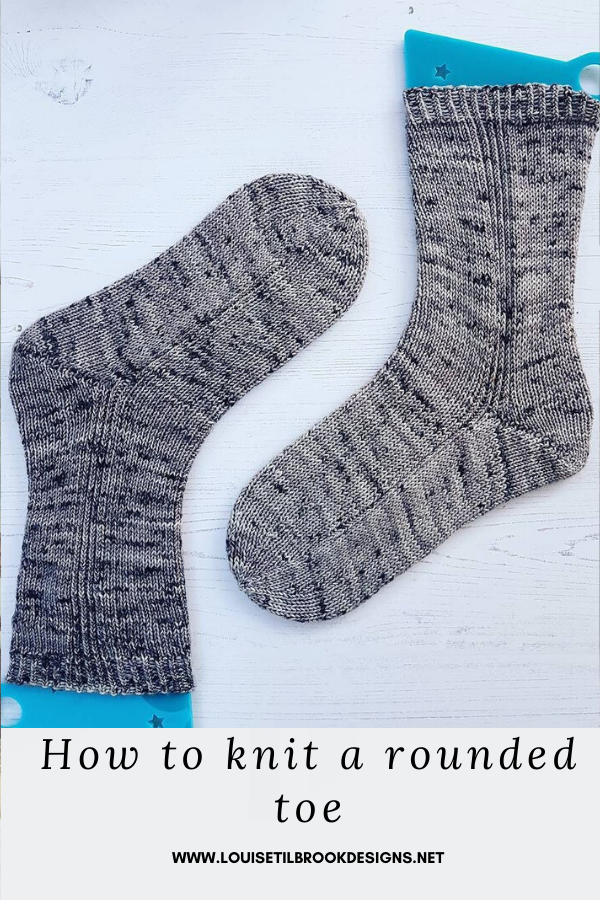Confession time.
I have had this baby blanket finished and wrapped, sitting in my wardrobe for weeks now. The baby it was intended for is already 8 weeks old and under normal circumstances it would have been gifted along, hopefully to start its journey of being a much loved companion.
And yet, there it sits. Still in my wardrobe. I can’t put my finger on the reason why I haven’t given it away yet. I’ve pondered and asked myself repeatedly why not and the answer is a disappointingly vague “It just doesn’t feel right”.
Logically I know there is no risk. It has been washed, dried, carefully wrapped in tissue and then in wrapping paper. It’s been untouched by human hands in my wardrobe for at least 3 or 4 weeks. And yet, it just doesn’t feel like the right time to gift it.
Normally a new baby into our circle is a time where we come together, where we greet the new arrival, support the new parents and generally do that whole ‘global village’ thing. Plus we get to have newborn baby cuddles which are, of course, just the absolute best. But right now we can’t do any of those things. We can’t be there to help the new parents - we can’t even make them a cup of tea or hold the baby for a few precious minutes of peace and quiet.
I could force it of course. I could write a breezy note and send it off it in the post. But it just seems like too much of a burden to place on new parents right now. I’m sure if I had just brought a tiny human into the world I would be overwhelmed with all kinds of feelings. I’m bad enough now and my kids are both well into their teens. In years past I probably would forced it. I would have sent the gift because it’s the ‘done thing’. But now I tend to wait and listen to my gut instinct a little more.
And my gut instinct is telling me to wait. The blanket isn’t going anywhere and yes, the baby might be a little (or a lot) bigger by the time I get a cuddle but the blanket will find it’s new home eventually.
When the time is right.
PIN FOR LATER












